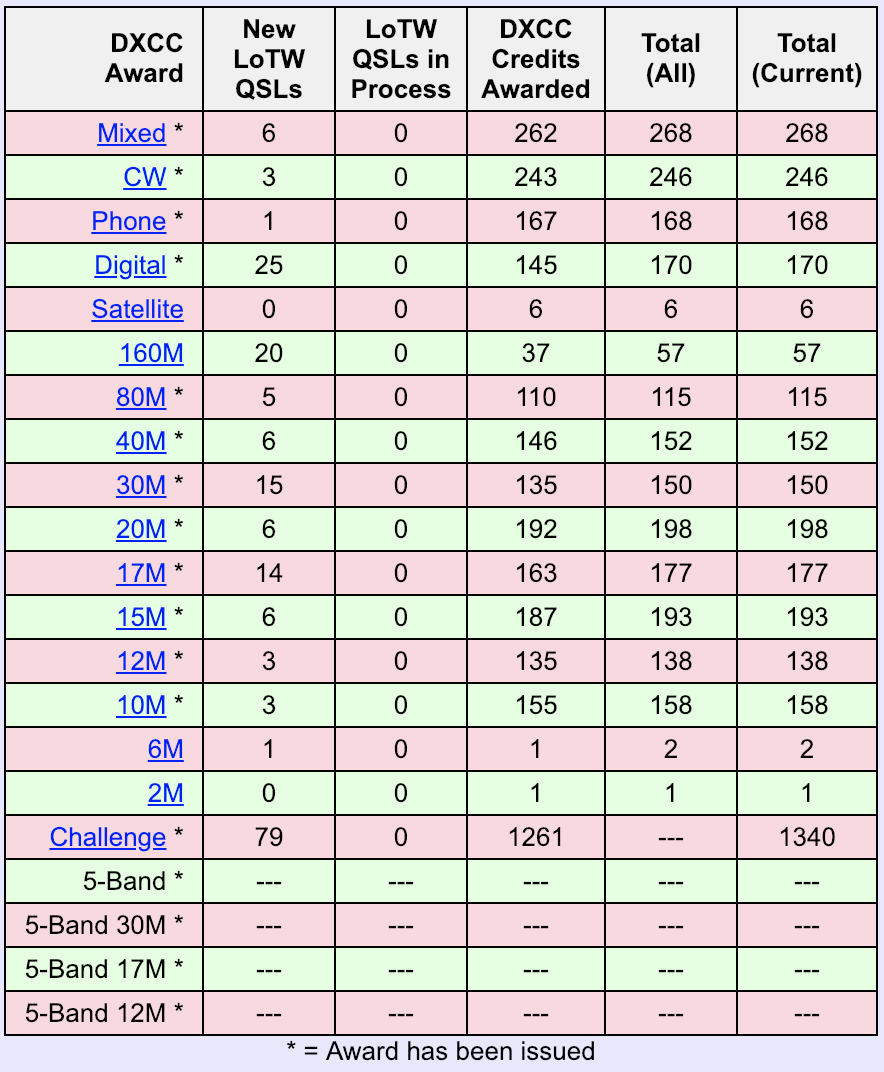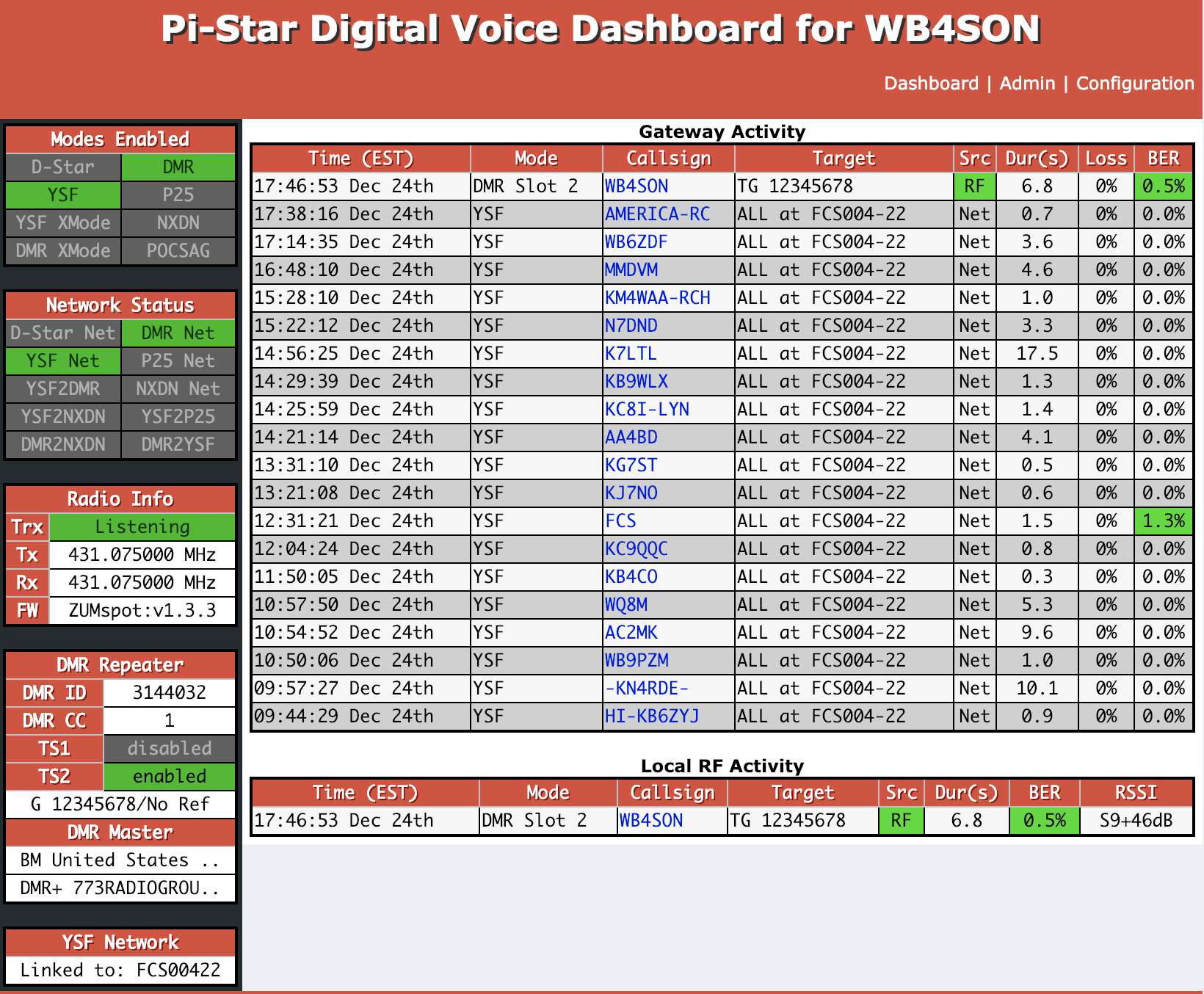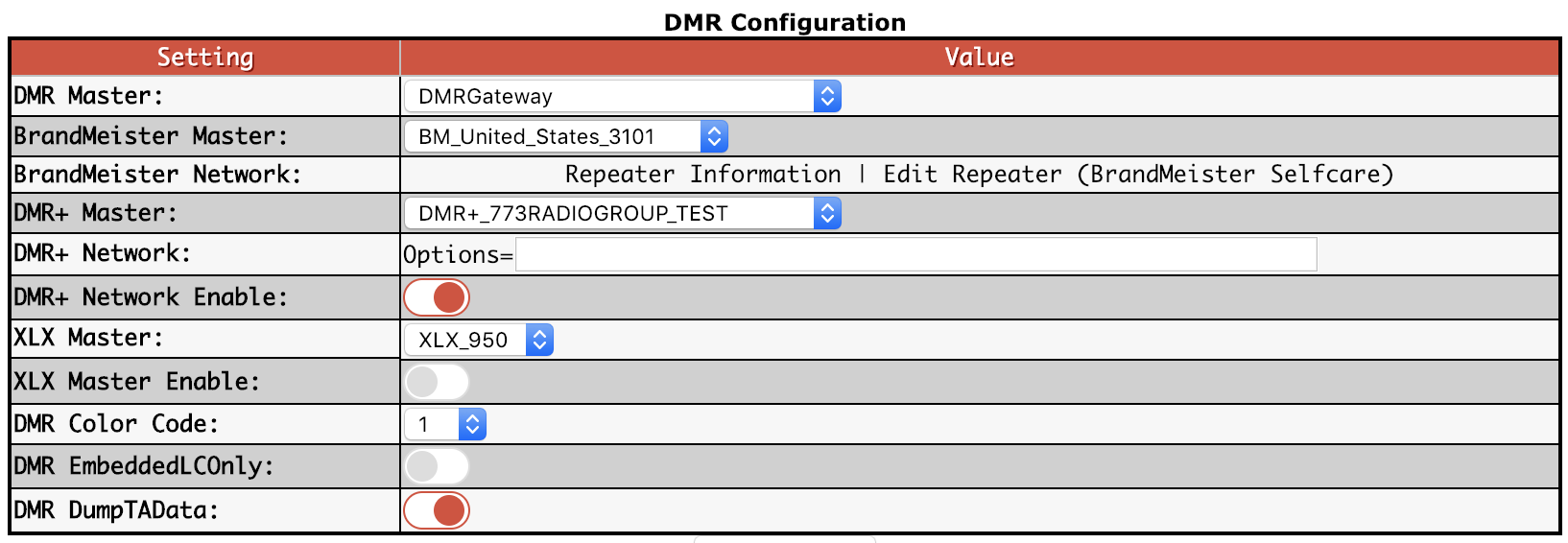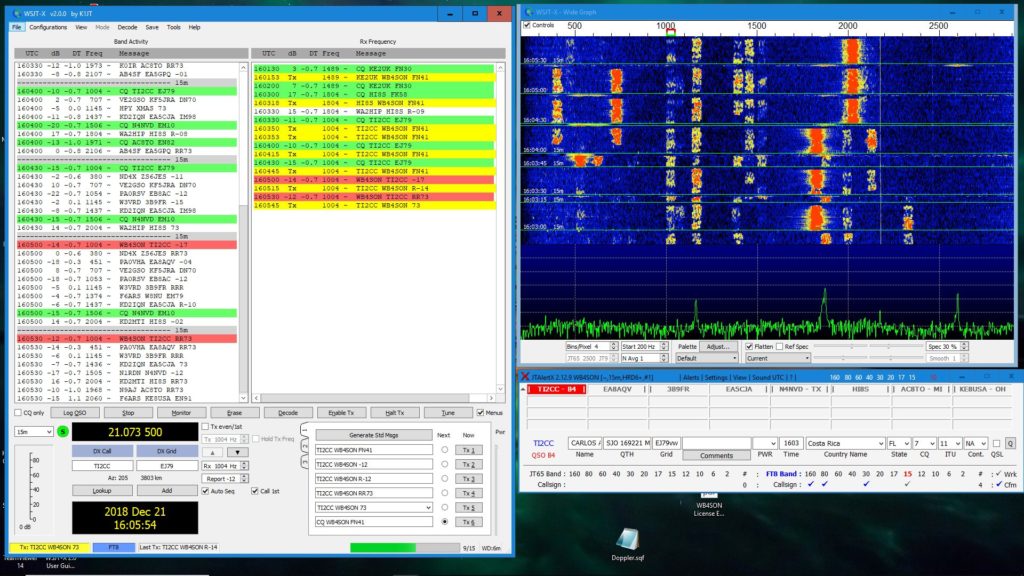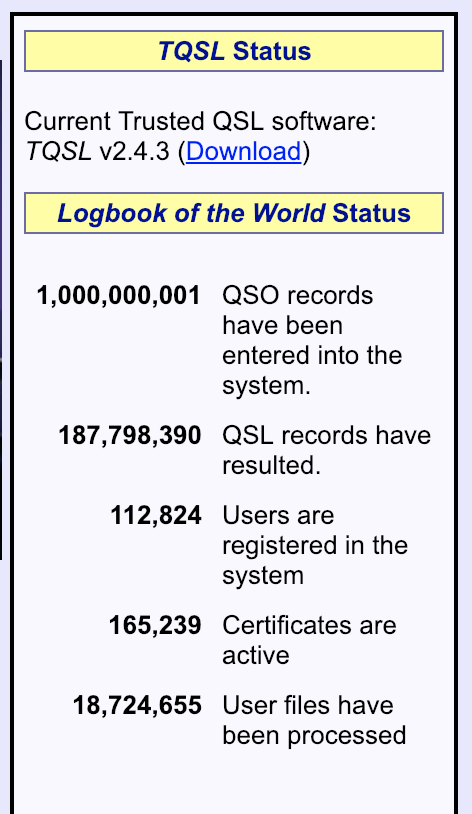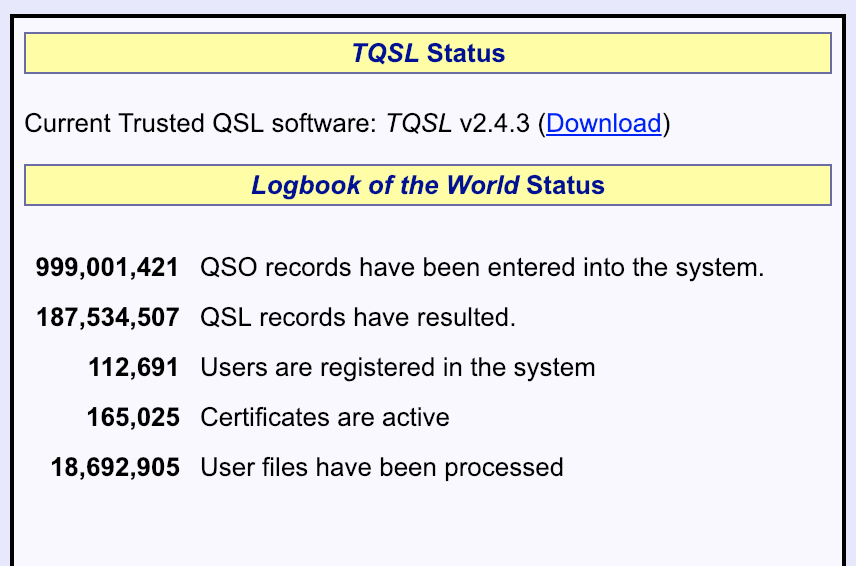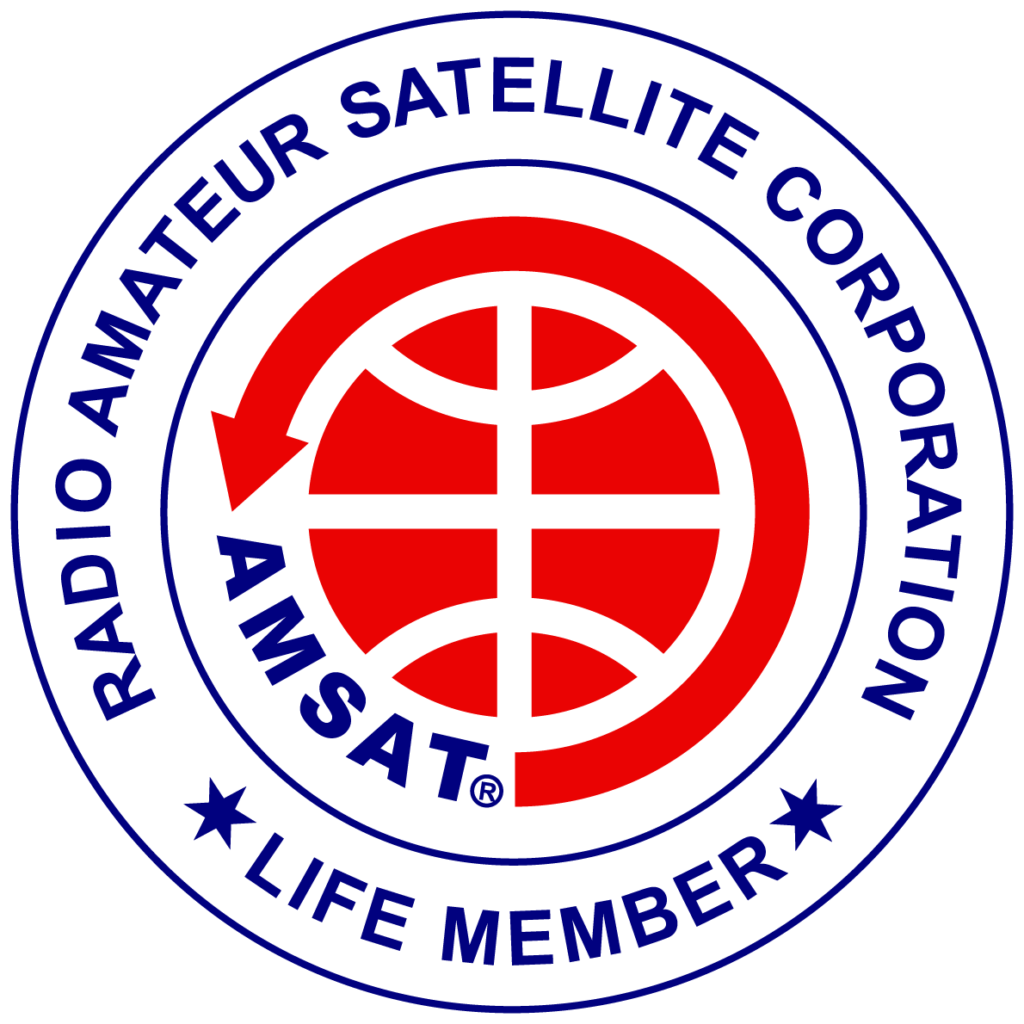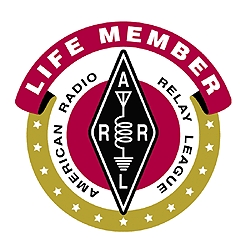During one of the almost endless sales, I purchased an Alinco DJ-MD5 about a month ago. It came in today, I started the process of trying to figure out the radio (from a perspective of someone who never used DMR before or that particular radio).
My first observation: Remember that old argument “What came first the chicken or the egg?” Well there is a similar one for hams: “Which came first the radio or the manual?” In this case, the radio for sure, as the manual is useless.
The sites selling the radio call it a “Dual Band DMR 5W Part 90 Color LCD With GPS”. I’d guess that “part 90” means FCC Part 90 Certified, however the sticker inside the radio says it is FCC Part 15. Heck that’s scary. I’m fairly sure when I read the initial ad for the radio that it claimed to be Part 90 Certified. A search of the FCC database application indicates that it has been approved under FCC rules part 22 (Public Mobile Radio) and 90 (private land mobile): https://fccid.io/PH3DJ-MD5
The first mystery facing the user is how to get the radio to do anything, like bring up a local analog repeater. The answer to that task lies in understanding that the DJ-MD5 is part 22 and 90 certified. This means that most features of the radio are NOT accessible via the keypad (at least not initially) as users of those radio services aren’t allowed to do much more than select a channel to talk on. As shipped, the radio transmitter is disabled.
To solve that mystery, one must obtain the programming software and use a micro-usb cable to program the radio. Finding the software is a bit of a struggle, as there is no entry on the Alinco website. However, several amateur dealers link you to a commercial radio site that sells these radios, and happens to have links to the software and manuals:
https://www.remtronix.com/downloads/DJMD5_CPS_1.01.zip
I did not have to install the USB driver (probably because the proper driver was already installed on my PC — there are only a few makers of USB to serial interface chips). When I plugged the cable into the radio, it emitted a few beeps, then showed up on my PC as COM8. Also installing the software from the above link went well, and sure enough I was able to download the programming from my DJ-MD5 into the PC. A bit of messing around (flipping through more menus than you can shake a stick at), and I had changed it from powering up in the frequency mode, to the channel mode, and had programmed a local analog repeater into Channel 1, and my ZumSpot Simplex repeater into Channel 2. Being a DMR newbie, I figured that the DMR ID# I had applied for years ago would be entered as my radio ID — but who knows!
The analog stuff worked fine, usual decent signal reports. The DMR stuff will require more digging.
I did go through the radio menu, discovering how to turn on the GPS, and within a few minutes noted the time and date was closer to reality. Then going back into the radio menu, I found how to specify my timezone (GMT-5), and everything was correct. It took about 3 minutes for the initial capture from my easy chair inside.

